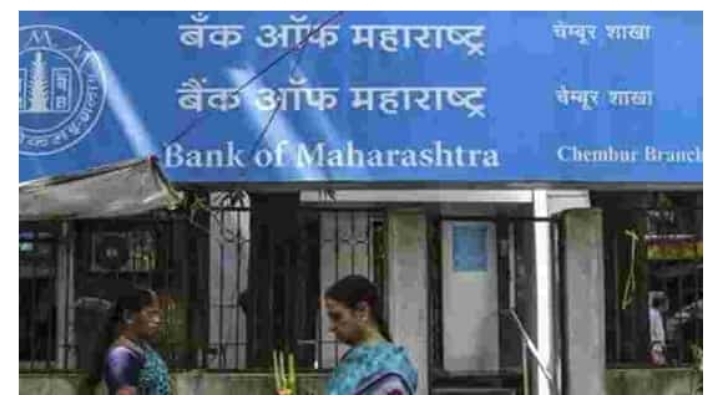India’s government has shortlisted four mid-sized state-run banks for privatisation, under a new push to sell state assets and shore up government revenues, three government sources said.
Following the development, shares of Bank of Maharashtra hit 20 per cent upper circuit limit at Rs 19.10 on BSE. At 9.50 am, shares of Bank of India were up 12 per cent at Rs 65.90. Indian Overseas Bank surged 16.36 per cent to Rs 12.80 while Central Bank added 13,13 per cent to Rs 15.77.
Privatisation of the banking sector, which is dominated by state-run behemoths with hundreds of thousands of employees, is politically risky because it could put jobs at risk but Prime Minister Narendra Modi’s administration aims to make a start with second-tier banks, Reuters reported.
Two of those banks will be selected for sale in the FY22 which begins in April, the officials told Reuters. The shortlist has not previously been reported.
Meanwhile, the speculations have fuelled a rally in the stocks of these likely target banks with each stock jumping by over 10 percent on February 16 as investors lapped up the shares.
While there is no clarity yet on the government’s plan, here is an analysis that examines the background and financials of the banks that are mentioned in the Reuters report.
The government, however, will continue to hold a majority stake in India’s largest lender State Bank of India, which is seen as a ‘strategic bank’ for implementing initiatives such as expanding rural credit.
A finance ministry spokesman declined to comment on the matter.
India’s deepest economic contraction on record caused by the pandemic is driving the push for bolder reforms, economists say.
Government also wants to overhaul a banking sector reeling under a heavy load of non-performing assets, which are likely to rise further once banks are allowed to categorise loans that soured during the pandemic as bad.
The government last year consolidated 10 public sector banks into four and as a result, the total number of PSBs came down to 12 from 27 in March 2017.
As per the amalgamation plan, United Bank of India and Oriental Bank of Commerce were merged with Punjab National Bank, making the proposed entity the second-largest PSB.
Syndicate Bank was merged with Canara Bank, while Allahabad Bank was subsumed in Indian Bank. Andhra Bank and Corporation Bank were amalgamated with Union Bank of India.


